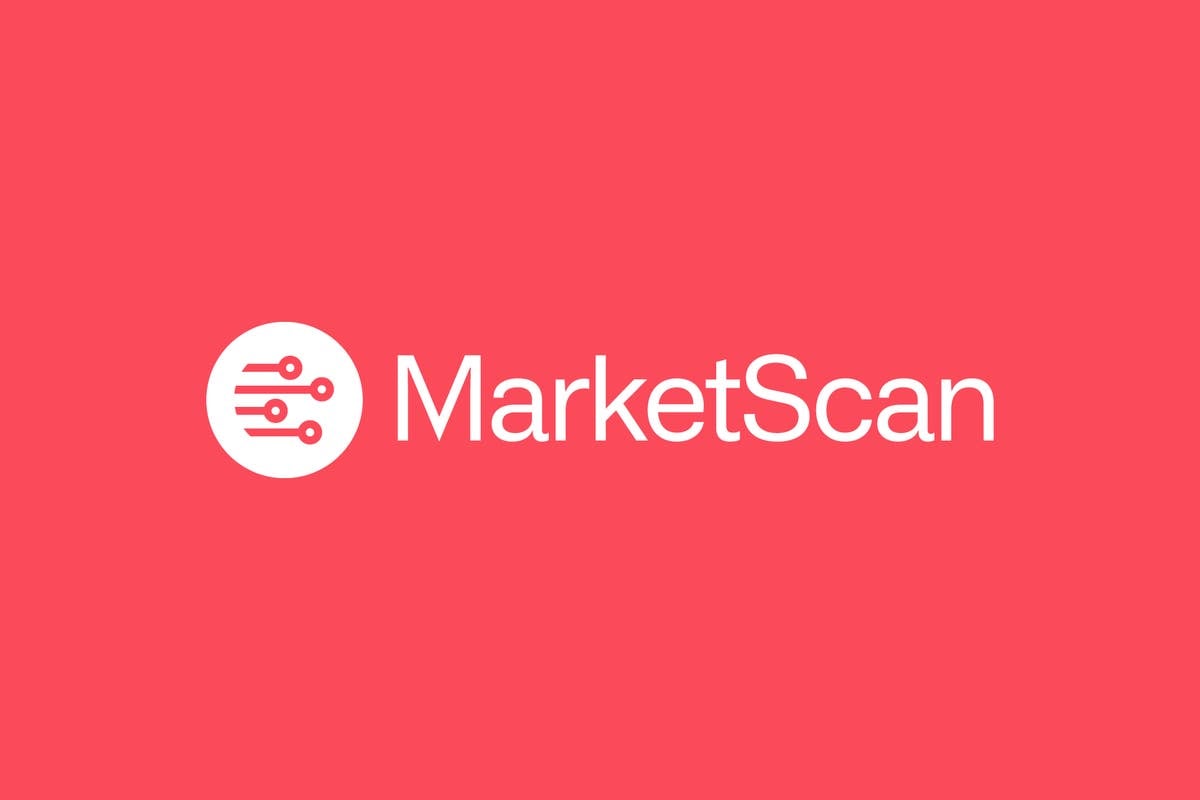Navigating QPA compliance under the No Surprises Act

Since the No Surprises Act (NSA) took effect in 2022, health plans have faced a new challenge: Determining Qualifying Payment Amounts (QPAs) to establish member cost sharing for items and services falling under the protection of the NSA.
Health plans and issuers must shield members from unexpected medical bills while staying compliant with federal rules, and at the heart of this effort is the Qualifying Payment Amount.
But calculating QPAs isn’t always straightforward.
CMS audits for QPA non-compliance
The Centers for Medicare & Medicaid Services (CMS) now audits health plans to ensure QPA accuracy and has begun to take action. One major plan has already been flagged for non-compliance, signaling that enforcement is ramping up across the industry.
To stay compliant, plans must determine QPAs using their median contracted rate from January 1, 2019, adjusted annually for inflation. But what happens when there’s not enough data to calculate that rate?
Enter MarketScan: A trusted solution
When internal data falls short, CMS allows plans to use an eligible third-party database. That’s where MarketScan®, a Truven data solution, comes in.
Our Reimbursement Benchmarks for QPA solution has consistently received strong market acceptance for accuracy and the wide representation of the data included. Covering every geographic region and market nationwide to the specifications outlined in the rule, the solution is designed with the understanding that clients need readily available data to meet the time requirements to determine QPAs.
MarketScan’s Reimbursement Benchmarks for QPA provide ready-to-use datasets that help payers quickly and confidently determine QPAs. These benchmarks are:
- Easy to integrate into existing systems
- Built to match service details like CPT/HCPCS – modifier combinations, site of service, provider specialty, and geographic regions as defined under the NSA
- Reflective of fair, in-network rates using fully adjudicated, closed claims data
Why QPA calculation matters more than ever
The Independent Dispute Resolution (IDR) process under the No Surprises Act has exploded in volume. Federal agencies expected around 22,000 disputes annually. The reality? Over 3 million disputes were filed between mid-2022 and May 2025.
And providers are winning— 85% of claims in 2024 went in their favor.
This makes accurate QPA calculation not just a compliance issue, but a financial one.
MarketScan’s Reimbursement Benchmarks for QPA
With enforcement tightening and IDR risks rising, health plans need reliable tools to navigate QPA requirements. MarketScan’s Reimbursement Benchmarks for QPA offers the clarity, speed, and confidence needed to stay compliant—and protect members from surprise bills.
For over 40 years, our organization has worked with clients across the healthcare ecosystem on today’s most pressing challenges, turning data into trusted, actionable insights.
Connect with our team today to learn more.
Related Articles

Introducing MarketScan WorkSpace: Move with speed, scale with ease, lead with confidence
In today's world, data is ubiquitous. From social media platforms to online...
By Guenter Sauter | 3 min. read

How real-world evidence from MarketScan supports smoking cessation strategies for COPD
Smoking remains the leading cause of chronic obstructive pulmonary disease (COPD),...
By Merative | 3 min. read

Advance rare diseases research with closed claims real-world data
MarketScan real-world data has been used to assess illness burden of rare diseases,...
By Liisa Palmer | 8 min. read
Ready for a consultation?
Our team is ready to answer your questions. Let's make smarter health ecosystems, together.
